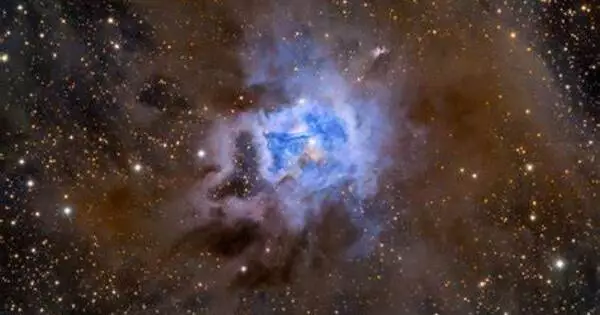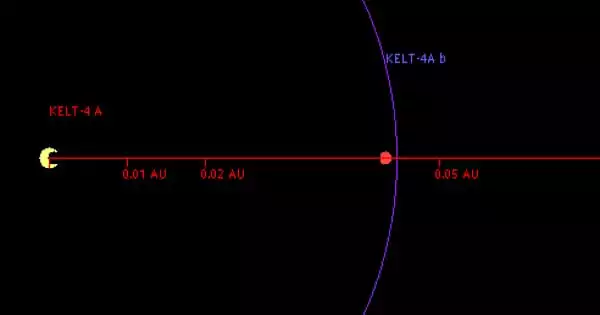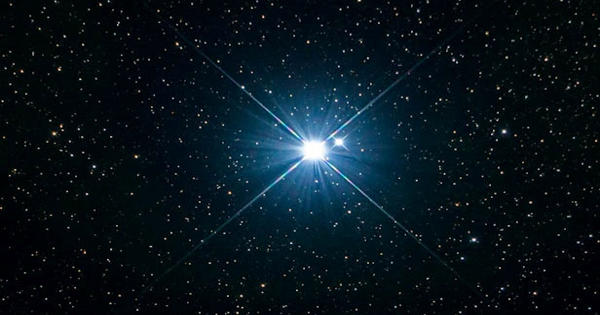The Iris Nebula (also known as NGC 7023 and Caldwell 4) is a brilliant reflection nebula in the constellation Cepheus. It is a gorgeous and relatively modest nebula in the night sky that takes its name from the Greek word for “rainbow” due to its colorful appearance in images. The open cluster NGC 7023 is part of the larger reflection nebula LBN 487. The Iris Nebula is located in the northern hemisphere and is a favorite target for amateur astronomers and astrophotographers.
The Iris Nebula is a reflection nebula, as opposed to emission nebulae, which emit their own light. Reflection nebulae, on the other hand, shine by reflecting the light of neighboring stars. It is a diffuse nebula, which means that its boundaries are not well defined, and it is illuminated by the brilliant star HD 200775. The Iris Nebula was named from the appearance of a beautiful and ethereal flower resembling an iris caused by the dust and gas surrounding the star. The Iris Nebula’s strong center star lights the surrounding dust and gas, resulting in the nebula’s spectacular blue and yellowish colors.
The nebula, which has a brightness of +6.8, is illuminated by HD 200775, a star with a magnitude of +7.4. It’s close to the Mira-type variable star T Cephei as well as the bright magnitude +3.23 variable star Beta Cephei (Alfirk). It’s 1,300 light-years afar and six light-years wide.
The Iris Nebula is a relatively young star-forming area that is centered on a young, blazing star. The tremendous radiation from this star scatters and lights the dust particles in the nebula, allowing us to see them. The nebula’s surrounding dark regions and complicated formations make it a fascinating topic for watchers and astrophotographers.
The complex tapestry of dust and gas in the nebula reflects and scatters the light emitted by the central star. Because of its spectacular appearance, it is a popular target for amateur astronomers and astrophotographers. At a distance of about 1,300 light-years, the Iris Nebula is rather close to Earth. Because of its proximity and unusual appearance, it stands out in the night sky.















